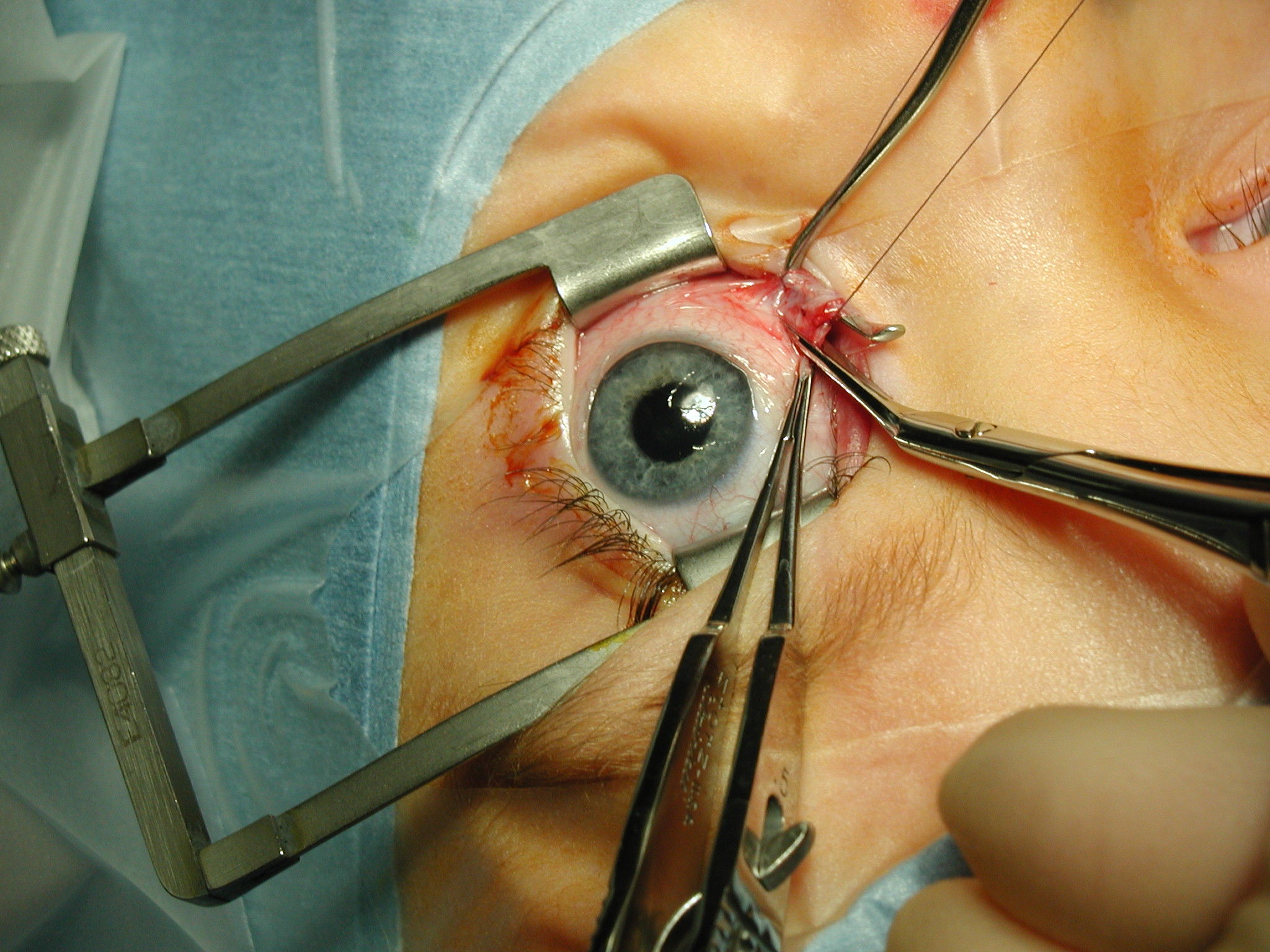 |
|
Researchers recently found a significant improvement in drawing scores and times in children after strabismus surgery. Photo: B. Navez/Wikicommons. Click image to enlarge. |
Very few studies have explored reading performances before and after strabismus surgery in children. Researchers recently sought to measure whether strabismus surgery can improve the learning performance—reading, drawing and calculating—of school-aged children. They found that strabismus surgery significantly improved reading fluency and drawing task execution.
The case-controlled study included 42 patients between the ages of seven and 10 with horizontal strabismus. All strabismic children underwent ophthalmologic and orthoptic examinations pre- (one month before) and post-surgery (three months after) assessing the following: visual acuity, ocular deviation, stereoscopic acuity, ocular motility and correspondence. Reading, calculating and drawing abilities were evaluated before and after corrective strabismus surgery using standardized tests. Surgical success was achieved for all the patients included. Cases were compared to 42 controls.
The study, published in Acta Ophthalmologica, demonstrated that children's learning abilities improved after strabismus surgery, particularly concerning reading and drawing tasks. The average reading speed was 65.8 words per minute preoperatively compared with 80.6 words per minute postoperatively. The average drawing score was 71.1 preoperatively compared with 84.3 postoperatively. The average calculation score was 3.2 preoperatively compared with 3.4 postoperatively. While the results proved to be significantly below normal values before surgery, they met standards after. In addition, the difference between cases and controls was significant, especially for reading and drawing tasks.
The researchers believe that part of the progression may be due to the Hawthorne effect, a type of reactivity in which individuals modify an aspect of their behavior in response to their awareness of being observed. Furthermore, the four-month delay between the pre- and post-op examinations may explain some of the progress made by the children in a developmental period where learning is done at a high speed. Strabismus surgery was not associated with a significant improvement in score calculation in our study. This observation suggested that mechanisms, other than visuomotor abilities, are required for this task.
The team suggested that it would be interesting to study the impact of reversing the direction of the deviation (preoperative esotropia becoming postoperative exophoria, for example). The benefits of a second surgery on a residual angle could also be assessed. In addition, the study was not able to specifically determine the relative proportion of ocular alignment and self-confidence associated with surgery on school achievements.
Nevertheless, the study concluded that “these encouraging data should be taken into account when considering the indications for strabismus surgery.”
Feuillade V, Bourcier T, Gaucher D, et al. The effect of strabismus surgery on the learning abilities of school-aged children. Acta Ophthalmol. January 24, 2023. [Epub ahead of print]. |

